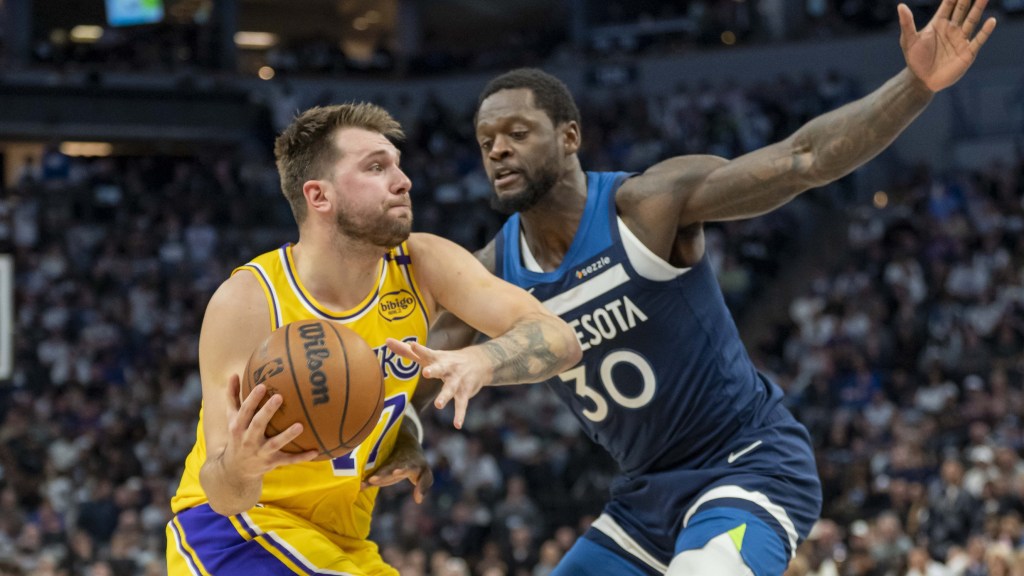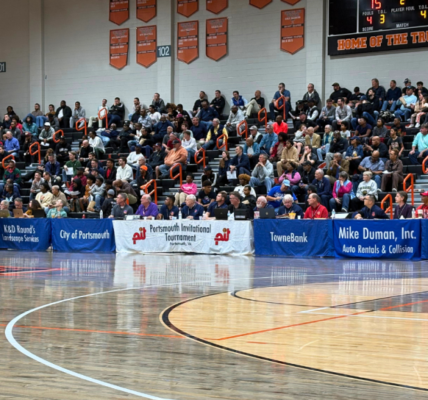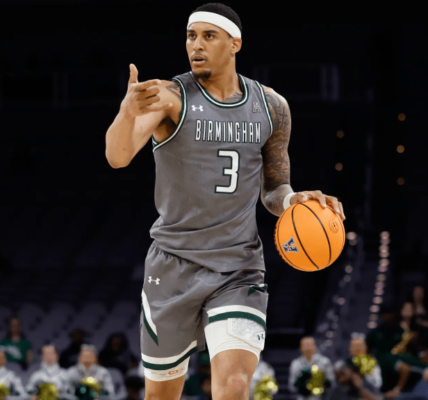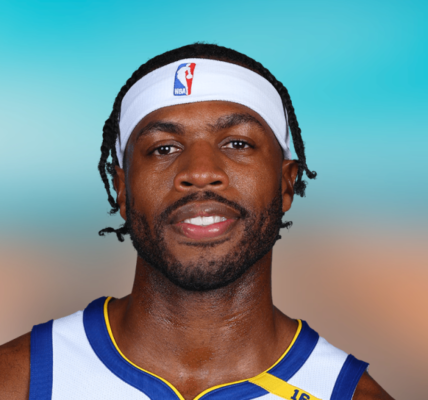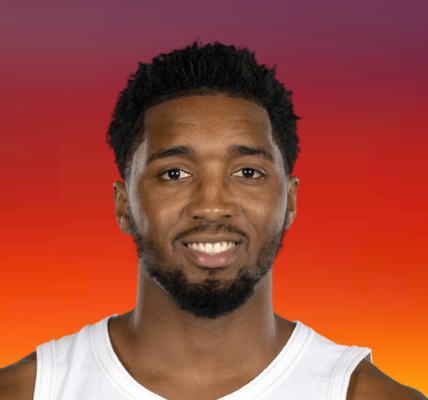

Reflecting the structure of their rotation, the Lakers have two giant contracts, and then a bunch of mid-range ones.
James ($52,627,153) and Doncic ($45,999,660) combine for the best part of $100 million, yet six other players (Rui Hachimura, Dorian Finney-Smith, the highly underpaid Reaves, Maxi Kleber and Gabe Vincent) also have eight-figure annual salaries, none of which cost more than Hachimura’s $183 million. And with the exception of Vanderbilt – and Reaves’ player option season in 2026-27 that he absolutely will not be exercising – none of them run beyond next season, either. The luxury tax situation, then, is manageable – the size of the payroll imposes the limitations associated with being in the range of the two aprons explored below. Yet, the sheer spending power exists to pay the luxury tax, no matter how punitive.
In terms of draft capital, they have little to work with. The Lakers have nothing incoming – as in, literally not one – with the majority of their own picks owed in various places around the league. They will likely trade the future assets they have left – highlighted by a 2031 first-round pick, their 2025 first-round pick that becomes eligible to be traded as soon as they have made it, and current rookie Dalton Knecht – but it is not a package that will win the bigger bidding wars.
Instead, selective aggressiveness on the trade market combined with big hits with the minimum salary (leveraging the Doncic/James allure and the number of resulting eyes on the team as incentives) will be the path to building a more competitive team in 2025-26. After all, Dallas gave them the main piece they needed already.
